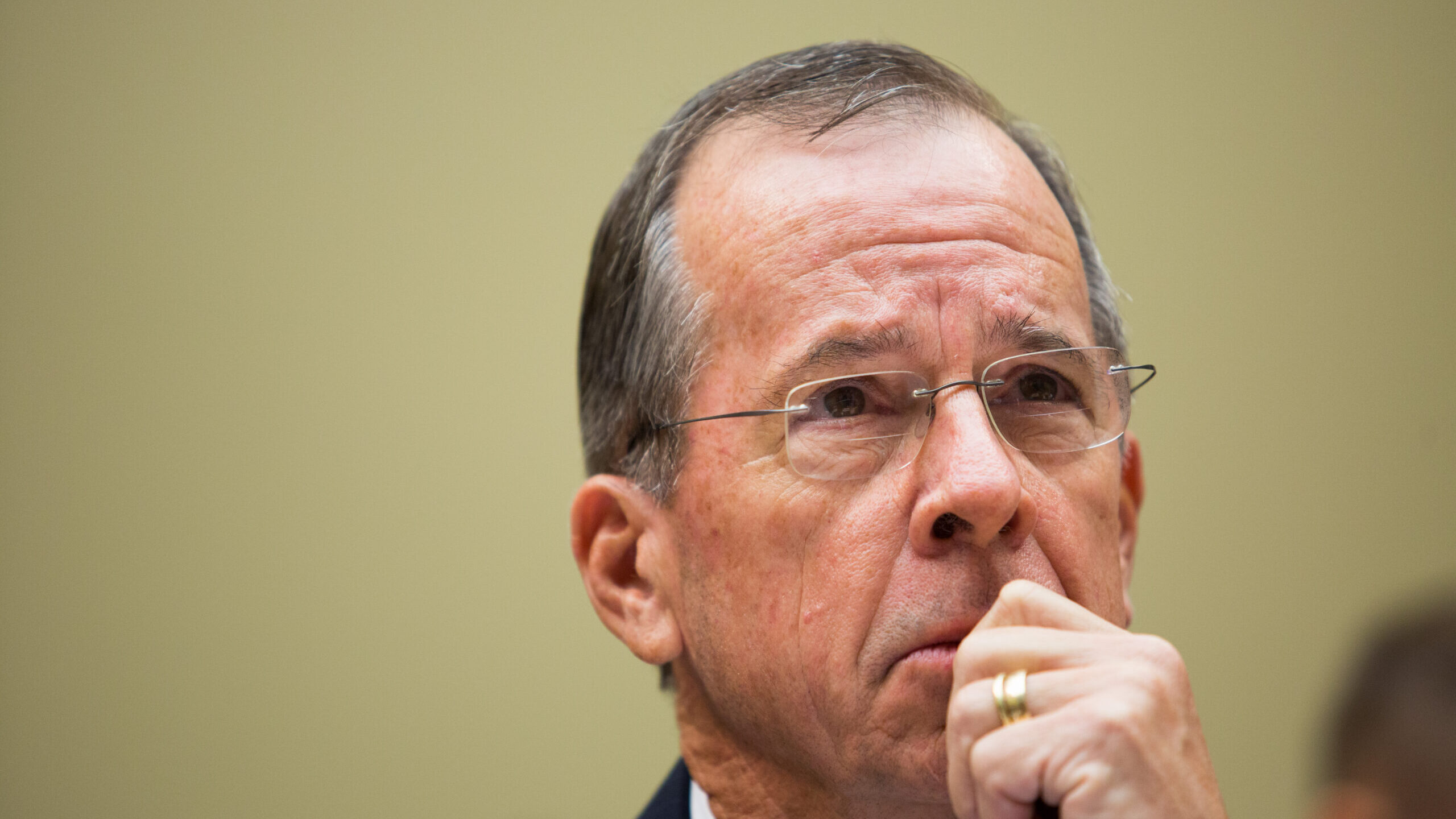
The Department of Defense (DoD) faces a critical challenge: Broken incentive structures prevent the swift adoption of new technologies. Immediate reform is needed. The right incentives drive talent to take risks, think critically, and quickly develop capabilities for the warfighter. Without a cultural shift in how the DoD incentivizes innovation, national security is at risk, and adversaries will advance and surpass the United States.
During the Cold War, bold risk-taking and rapid research were key to national security. While today’s challenge demands a similar commitment to pushing boundaries, fostering creativity, and rapidly advancing technology, the department is instead exasperated by hesitance, cumbersome processes, misaligned rewards, lack of top cover, and maintenance of the status quo. Our adversaries are quickly enhancing their capabilities and closing the technological gap. To maintain our position as the world’s strongest fighting force, we must overhaul our incentive structure.
This urgency is underscored in a recent report by the Defense Innovation Board (DIB) revealing several critical findings that highlight the need for comprehensive overhaul of how the DoD approaches innovation.
From dozens of interviews, the DIB identified the underlying disincentives that hinder innovation. These include failure to take risk; lack of tolerance for failure at a high level; absence of innovation readiness metrics; uncompetitive pay; lack of evaluation; lack of rewards and recognition in annual reviews; process overload; and very little collaboration.
Internally, there is a pervasive lack of urgency within the Department. This culture of complacency is characterized by avoiding accountability and risk. Leaders within the DoD often fail to support innovators, defaulting instead to maintaining the status quo. This reluctance to embrace change is heightened by the Department’s reliance on a rigid 20-year career track, which is increasingly incompatible with the demands of 21st-century talent management.
Externally, there exists a communication disconnect between the DoD and industry. The Department is a remarkably challenging customer for the startup ecosystem, where the most cutting-edge technology resides. The acquisition ecosystem is so detached from the warfighter’s needs that collaboration becomes virtually impossible. This gap must be bridged to ensure that the latest technological advancements are effectively integrated into defense strategies.
To help address these issues, the DoD needs to look at the incentives in place across the Department in order to foster an environment that encourages a calculated approach to uncertainty. The DoD must learn from and accept failures and foster a culture that encourages risk-aware behavior. Culture shifts are never easy, but there are some early steps that can be taken to start the department on the right path.
First, create an “innovation vision” within each major command unit that is a forward-looking strategy outlining a clear inspiring future state, guiding the development and implementation of new ideas, technologies, and processes. These should be aligned with the National Defense Strategy and supported by actionable goals that clearly identifies the changes that command wants to make and how it plans to get there.
Second, the department should develop a structured career path for innovators, rewarding risk-taking and aligning personal growth with the mission. By establishing clear career pathways and placements for innovators with increasing responsibility in science and technology portfolios across the Department, it may be able to better retain more of its strongest changemakers.
Third, rely on analytics: Measuring and tracking people’s innovation readiness will empower the workforce to generate new ideas, products, and services that add value for the warfighter while identifying areas for growth and development.
Fourth, leaders need to seed the ground that the department cultivates a culture of learning. By reinforcing the mindset that we are all students, making learning enjoyable, empowering decision-makers, and seeking input from a creative brain trust, the DoD can foster peer-based innovation similar to successful industries.
In making these changes, the DoD would incentivize innovation mission ownership by delivering its workforce the ability to take risks; providing top cover that rewards success and failures of innovation; recognition, leadership, and creative opportunities; workplace flexibility to pursue academic or industry rotations; and talent metrics that can increase learning opportunities.
The Pentagon’s current trajectory is unsustainable. As Reps. Leon Panetta and Mike Gallagher pointed out in a recent article, the complexity of the defense structure hinders rapid adoption and implementation of new systems. This will persist unless there is a decisive shift towards a culture of innovation and risk-taking driven by senior defense leaders and policymakers.
To prevent the new cold-war competition from escalating into a hot war, we need to innovate as if the free world depends on it. This path forward requires substantial investments in technology and an infrastructure built for innovative national-security research and education. Failure to act risks not only our strategic position but also our future stability and influence on the global stage. The answer lies within incentivizing our Force to innovate rapidly.
In the face of a clear and present danger, there is no room for hesitation. Leaders must lead.
Mike Mullen is a retired admiral from the US Navy and was the 17th chairman of the Joint Chiefs of Staff. He is also a member of the Defense Innovation Board. The views expressed here are those of the author and do not necessarily represent those of the Department of Defense.

